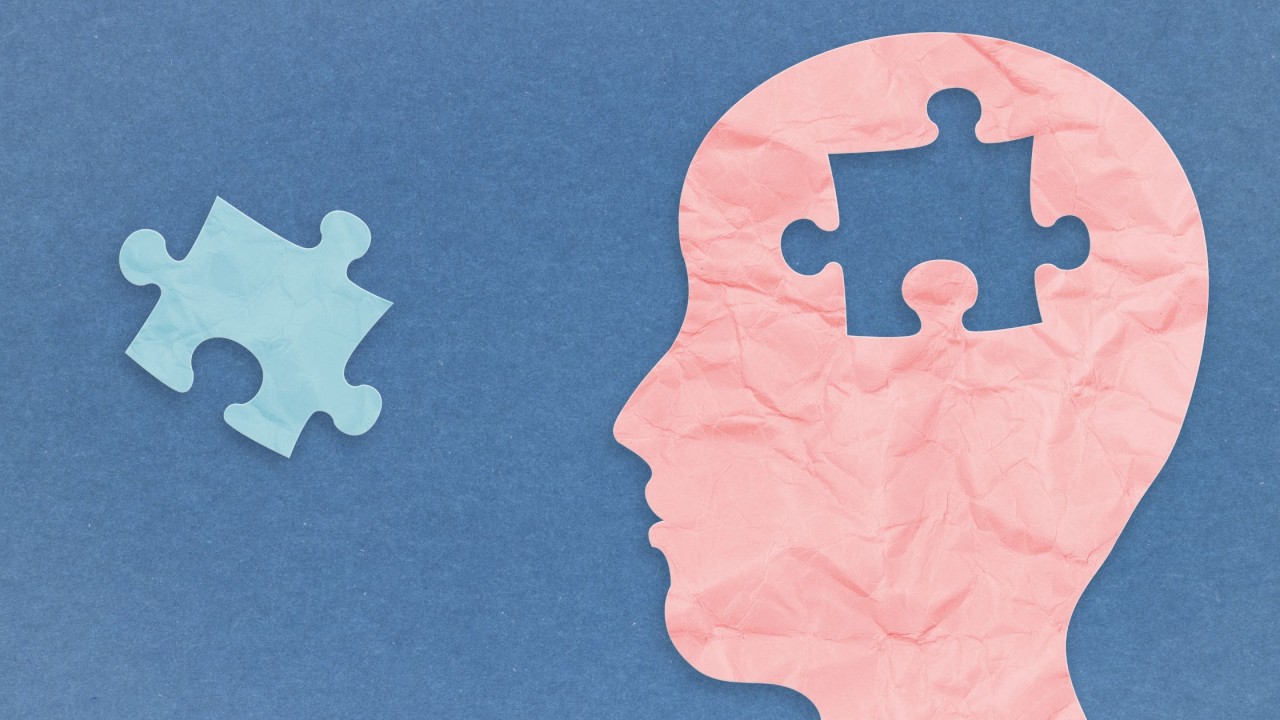
A patient walks in complaining of back pain.
You check posture, movement, and scan results—everything seems normal.
But they keep coming back. And their eyes say something deeper.
You ask how things are at home. They pause, look down, and say, “Not great.”
This is where medicine meets meaning.
And where primary care begins to touch the edges of mental health.
Mental health issues often arrive through physical complaints
In primary care, emotional pain rarely walks in labeled as depression or anxiety.
Instead, it masks itself in fatigue, insomnia, headaches, or gastrointestinal issues.
In Türkiye, many patients say “I have a pressure here,” pointing to their chest.
Cultural language matters—some symptoms aren’t verbalized as mental.
Yet under the surface, anxiety or trauma often drives these concerns.
Primary care becomes the first—and often only—place where this gets noticed.
The numbers show a growing gap in support
Globally, one in five adults experience a mental health issue annually.
But less than half receive appropriate care.
In Türkiye, studies show a treatment gap of up to 65%.
Rural areas often lack access to psychiatrists or psychologists.
That makes general practitioners the default mental health provider.
Without integration, many go undiagnosed and unsupported.
Integrated care doesn’t mean becoming a psychiatrist
Primary care physicians don’t need to treat every condition alone.
But they should recognize warning signs and know how to respond.
This includes screening tools like PHQ-9 for depression or GAD-7 for anxiety.
Simple questions during routine visits can uncover underlying distress.
You don’t need to diagnose everything—just open the door.
Referral pathways and collaborative care do the rest.
The relationship between physical and mental health is circular
Mental stress can manifest in physical symptoms—and vice versa.
Chronic illness often leads to depression or social withdrawal.
A diabetic patient struggling with adherence might actually be struggling with hopelessness.
Patients with heart disease are twice as likely to develop depression.
Ignoring mental health risks makes physical conditions harder to manage.
You can’t treat the body while neglecting the mind.
Small interventions during brief visits can make a big impact
Most primary care consultations last less than 15 minutes.
But even a few targeted questions can reshape a patient’s journey.
Asking “How are you coping lately?” creates room for honesty.
Validating distress builds trust.
You don’t need to solve everything in one session.
Sometimes, being seen and heard is the first form of healing.
Training primary care physicians in mental health screening changes everything
Medical schools often devote limited hours to mental health training.
Ongoing education can change that.
Short modules in behavioral health, trauma-informed care, and communication help.
In Türkiye, CME programs are starting to include these themes more consistently.
The www.physician.ae editor notes that GPs who feel confident in screening are more likely to intervene early.
And early intervention saves lives.
Technology offers new ways to extend mental health access
Telemedicine has opened doors for remote mental health support.
In small clinics, video consults with psychologists create a hybrid care model.
Digital screening forms can be filled out in waiting rooms.
Some clinics use automated symptom checkers integrated into EMR systems.
This doesn’t replace human care—but it enhances it.
Especially in regions with limited resources, tech becomes an equalizer.
Collaborative models strengthen outcomes across the board
Integrated care isn’t just a philosophy—it’s a structure.
This includes co-located teams where mental health professionals work beside primary care.
Or shared care plans with feedback loops between psychiatrists and GPs.
In Türkiye, pilot programs in Ankara and İzmir have tested such models with success.
Patients report feeling less “passed around” and more understood.
It’s a whole-patient approach that respects both body and mind.
Stigma remains one of the largest barriers to integration
Many patients still hesitate to discuss mental health openly.
They fear being labeled or misunderstood.
This is especially true in conservative communities.
But when mental health is addressed as part of whole-body wellness, acceptance grows.
GPs who normalize mental health in conversation help dissolve stigma.
And that’s something no prescription alone can do.
Administrative systems must support integration efforts
Doctors can’t do it alone.
Electronic medical records should include mental health fields.
Referral systems must be easy and accessible.
Clinic schedules should allow space for longer consults when needed.
In Türkiye’s public system, this is still evolving—but private clinics are adapting faster.
Integration starts with leadership, not just individual effort.
Pharmacological support must be carefully managed in primary care
Prescribing antidepressants or anxiolytics isn’t always straightforward.
Dosing, side effects, and follow-up require careful thought.
When done in collaboration with mental health specialists, outcomes improve.
In cases of mild depression, lifestyle guidance may suffice.
But for moderate to severe cases, medication can be life-saving.
Regular review and patient education remain essential.
Lifestyle medicine is a valuable tool in mental health care
Nutrition, exercise, and sleep hygiene impact emotional well-being deeply.
A 20-minute daily walk can reduce depressive symptoms significantly.
Omega-3 fatty acids and vitamin D are often low in depressed patients.
Caffeine and alcohol can worsen anxiety or insomnia.
Sleep disorders often go undiagnosed in primary care.
A few targeted questions about habits can guide meaningful change.
Family dynamics often hold clues to underlying distress
In primary care, you often meet the whole family.
Children’s behavior problems may reflect parental stress.
A spouse’s physical complaints may mask emotional conflict.
Understanding the broader context helps avoid misdiagnosis.
Family-focused questions deepen insight.
In Türkiye, extended family structures can both help and complicate mental health support.
Burnout among primary care providers must be addressed too
You can’t pour from an empty cup.
Primary care doctors face high emotional labor.
Hearing trauma, grief, or chronic despair daily takes a toll.
Burnout leads to depersonalization, fatigue, and missed warning signs.
Support systems, peer check-ins, and workload adjustments matter.
www.physician.ae editor stresses: caring for doctors is part of caring for patients.
Success stories come from clinics that make mental health routine
Some of the most impactful changes come from small shifts.
Like including mental health in every intake form.
Or placing a mental wellness poster in the waiting area.
In Istanbul, one clinic created a “mindful Monday” check-in system.
Patients rated stress levels and received tailored suggestions.
Over time, more patients opened up earlier.
